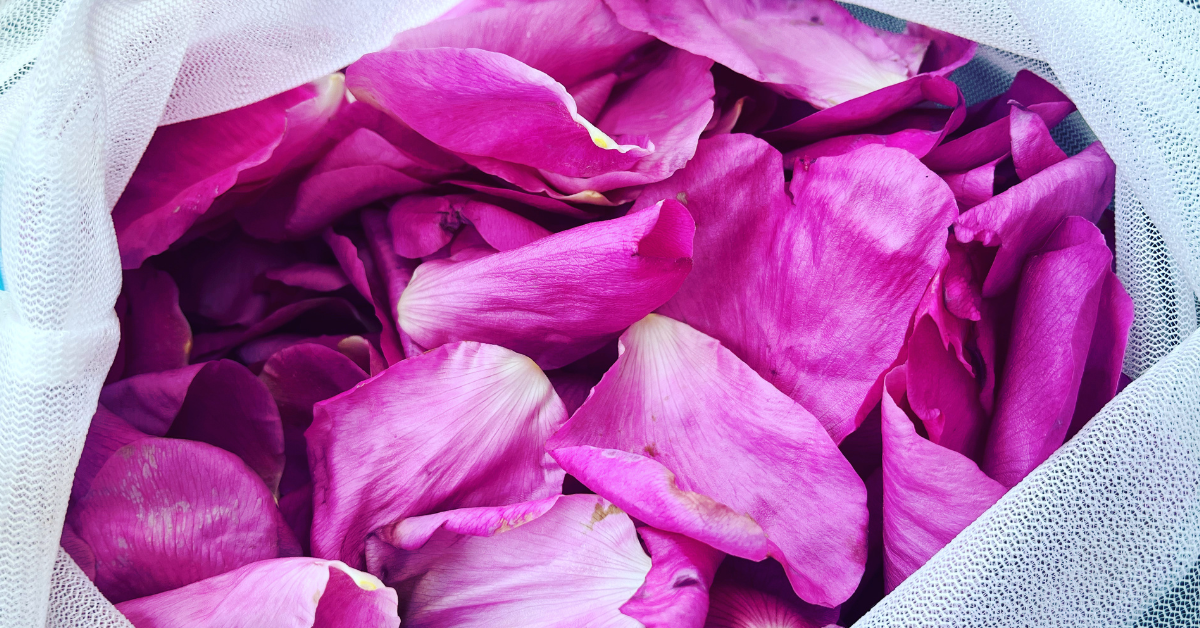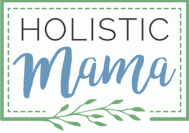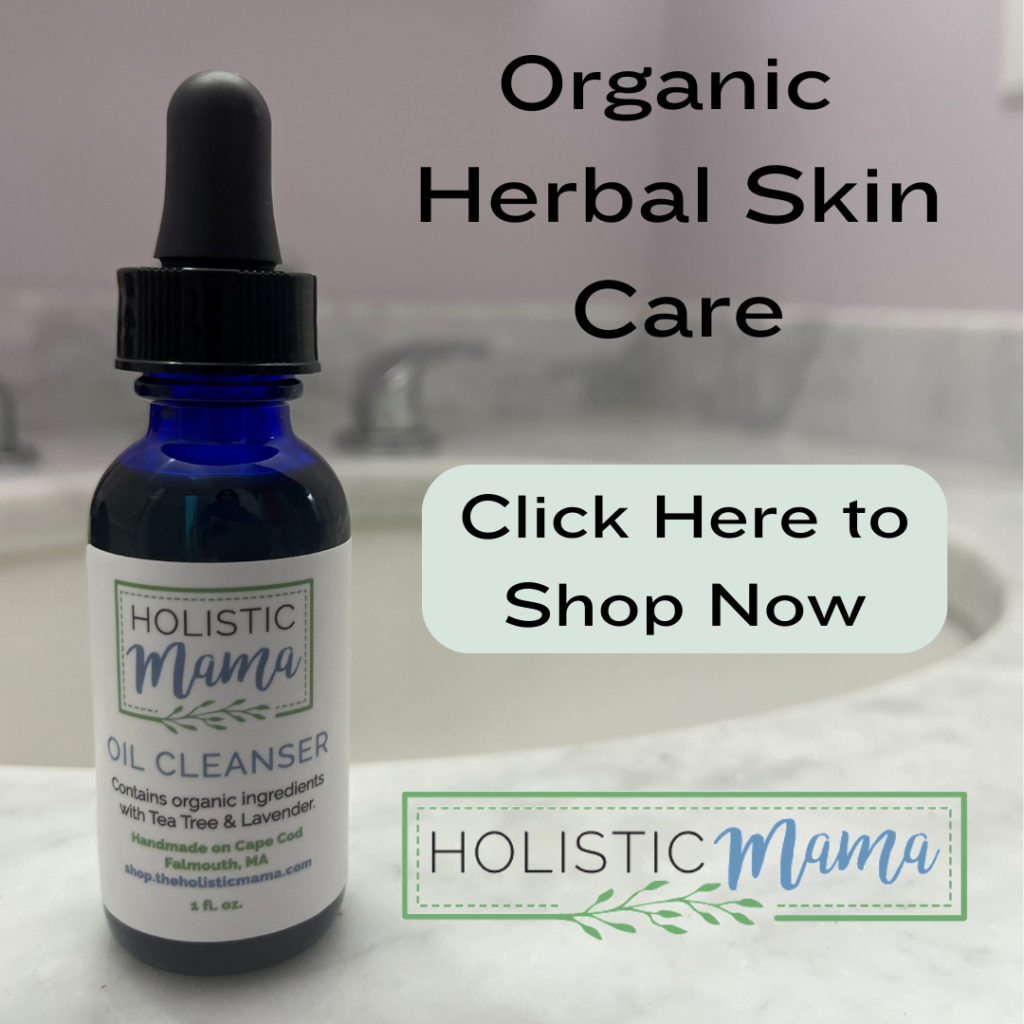-
How to Make Sole Water
Category: Self Care
What is Sole Water?
Are you wondering how to make sole water? Sole water (pronounced so-lay) is a hydrating mineral tonic that is quick and easy to make and provides fast hydration. Sole is made by dissolving unrefined sea salt into water to created a concentrated solution you can add to a glass of water. If you ever feel like you are drinking a lot of water throughout the day but don't feel fully hydrated, this is for you.
Use the Right Kind of Salt
Salt is necessary for a number of bodily functions that contribute to hydration and a healthy nervous system. However, there are two types of salt, table salt and sea salt. Processed table salt is stripped of nutrients and only functions as an unhealthy source of sodium. Unrefined sea salt including Himalayan sea salt is minimally processed and still contains the healthy minerals our bodies need. Obviously, sole water is made with the latter to receive the health benefits of the minerals. Aside from using this easy method to get hydrated, there is one quality brand of electrolyte drink mix you can trust which is LMNT. It contains all the needed minerals without the added sugar. Another great option for healthy hydration is herbal teas, read this post to read about the most hydrating herbal teas.

How to Make Sole Water?
You will need the following:
- Small block of Himalayan sea salt
- Glass jar large enough to fit the block of salt and some water
- Filtered water
Place the salt block into your glass jar, fill it with water to cover the salt block and cover with a lid (non-mental). Let the salt dissolve at least 24 hours. The salt block will shrink slightly which indicates the salt has fully saturated the water.
After 24 hours the salt solution is ready to use. Measure 1 teaspoon sole into a glass of water.
You can drink this anytime you feel the need for extra hydration. Some people like to drink it first thing in the morning to start of the day. This can be part of your regular routine or something you do only when you need it. It's a healthy alternative to electrolyte drinks that are full of sugar. Read this detailed post on our blog for more tips on beating dehydration.
We have salt jars set up for this purpose available in our shop. Click here to order a Sole Water Jar.
Thank you for reading this post, don't forget to subscribe to stay in the loop. If you are looking for some of the healthy tools and resources mentioned in my articles, take a look at my healthy shopping guide.
Some of our links are affiliate links, which means if you click and buy, I earn a small commission. The price is the same for you, though. Thank you!
You might also like these posts…
-
How to Make Rosewater

You can easily learn how to make rosewater at home. During May and June in the northeast, there are beautiful roses everywhere. If you are like me, you may wonder how you can preserve that wonderful smell for a longer period of time. Rosewater is the perfect way to do that.
What is Rosewater
You can make rose water by steeping rose petals in water to make an infusion or It can also be the hydrosol portion of the distillate of rose petals. Hydrosol is a by-product of the production of rose essential oil. Historians believe It's origins trace back to Persia (modern day Iran). Since ancient times, people used roses medicinally, nutritionally, and as a perfume. In medieval Europe, rose water was used to wash hands at a meal table during feasts. Today, many use rose water as a spray applied directly to the face as a perfume and moisturizer.
What is Rosewater Used for?
Rosewater is a skin soother making it a great addition to your skin care routine. The inflammatory and antibacterial properties are helpful for reducing redness and acne. Rosewater has been used as a beauty product for thousands of years for a good reason. It even contains antioxidants which protect from cell damage. If your skin is in need of a soothing effect, make yourself this sweet smelling herbal water with this easy at home recipe. This recipe is similar to how you would make other herbal infusions.

How to Make Rosewater
Follow this instructions to make an infusion of rose petals.
- First, gather rose petals from any type of rose, I use beach rose (rosa rugosa)
- Loosely pack the rose petals in a mason jar
- Now, fill the jar with boiling water and cover the jar
- After that, set the jar on the counter for 24 hours
- Lastly, strain the rose petals out of the liquid, and you have rosewater!
- To make it last as long as possible, add 0.5% vitamin e or 2 tbsp. per cup of witch hazel extract. Use a funnel to pour the finished herbal water into a glass spray bottle.
Commercially available rosewater is steam distilled which is a longer process (but is possible to do at home). The steam distilled version is not as pretty (it's clear) and doesn't have as strong of a rose smell but it will last longer and has the same benefits.

Rosewater Recipe
Ingredients
- Rose petals
- Water
Instructions
- Gather rose petals from any type of rose, I use beach rose (rosa rugosa)
- Loosely pack the rose petals in a mason jar
- Fill the jar with boiling water and cover the jar
- After that, set the jar on the counter for 24 hours
- Lastly, strain the rose petals out of the liquid, and you have rosewater!
- To make it last as long as possible, add 0.5% vitamin e or 2 tbsp. per cup of witch hazel extract. Use a funnel to pour the finished herbal water into a glass spray bottle.
How to use Homemade Rosewater for Skin Care
- Use as atoner after washing your face
- Spray on minor skin irritations for a soothing effect
- Use rosewater in other herbal preparations like homemade magnesium oil
- Use as a perfume
- Spritz your pillow to enjoy the scent and for a calm mood
- Use in other skin care recipes such as lotion
Thank you for reading this post, don't forget to subscribe to stay in the loop. If you are looking for some of the healthy tools and resources mentioned in my articles, take a look at my healthy shopping guide.
Some of our links are affiliate links, which means if you click and buy, I earn a small commission. The price is the same for you, though. Thank you!
You might also like these posts…
-
A Non Toxic Pillow More Comfortable than Toxic Memory Foam
Category: Self Care
Looking for the best non toxic pillow to eliminate neck pain? Most people swear by the synthetic memory foam pillows but since you are here, you probably already know they off-gas VOCs into your home. This fact immediately crosses it off the list of options for the best non toxic pillow.
In 2013, PlushBeds asked me to try their latex pillow and review it. I am still using this pillow today! Their pillows are made with natural latex which is derived from the sap of the rubber tree and doesn't contain any chemicals. The pillow cover is also made of pesticide free cotton. I happily agreed to try the pillows and write my honest review.
No VOCs Please
The popular memory foam pillows that most people use are made of polyurethane foam. Polyurethane emits toxic fumes or VOC's (volatile organic compounds) which you breathe in while you are sleeping. Learn more about this on the EWG.org website.
Breathing the fumes can be dangerous, especially for infants and children and can cause health issues. (also check out this post, Is a Kids Non-Toxic Mattress Mattress Worth it?) There are a few different kinds of polyurethane and some contain more VOC's then others. Another concern is that polyurethane is a synthetic material made from petroleum products. Therefore, its production furthers our dependency on fossil fuel resources. The production of synthetics from petroleum products is energy-intensive and often generates toxic waste byproducts.

Natural Latex is the Best Non Toxic Pillow
When I received my pillow from it initially felt great and I was very excited to sleep on it. The pillow is soft and molds to your head as you lay on it. It does have an almost rubbery or bouncy feel to it which I really like. I tend to be a side sleeper and I found it gave nice support to the neck while sleeping on my side. The material that this healthy pillow is made of is so comfy.
This might sound weird but if I use a pillow that is too thick for me, I constantly wake up throughout the night with pins and needles. I am pleasantly surprised and pleased that this does not happen with this pillow (and it did happen when I used a synthetic memory foam pillow while staying at someone's house). I feel much less tension in my neck upon waking then I have in the past with other pillows.
Overall, I would highly recommend these pillows. They are very comfortable, safe to use, and provide good neck support to a side sleeper. They are also healthy and do not off-gas toxic fumes, which is my number one concern in a pillow or mattress. To learn more about this healthy pillow or to buy one yourself, visit the Plushbeds Website.
Thank you for reading this post, don't forget to subscribe to stay in the loop. If you are looking for some of the healthy tools and resources mentioned in my articles, take a look at my healthy shopping guide.
Some of our links are affiliate links, which means if you click and buy, I earn a small commission. The price is the same for you, though. Thank you!
You might also like these posts…
Holistic Mama Blog

